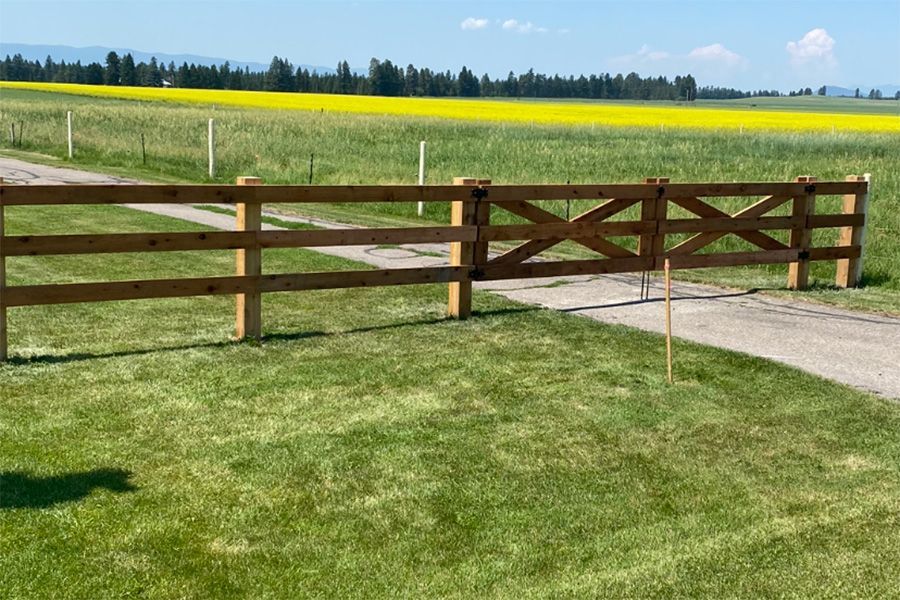Discover how continuous panel fencing has evolved into a leading fencing solution for various industries.
The Beginnings of Continuous Panel Fencing
The concept of continuous panel fencing dates back to the need for durable and secure enclosures for livestock and property boundaries. Early versions were often rudimentary, utilizing available materials like wood and stone to create makeshift barriers. While effective, these designs lacked the efficiency and reliability of today’s fencing systems.
How Technology Transformed Continuous Panel Fencing
The advent of steel production during the industrial revolution revolutionized fencing. Stronger, more consistent panels became possible, and by the mid-1900s, continuous panel fencing emerged as a viable solution for various sectors.
Innovations in welding and fabrication made fencing more customizable and durable, leading to the shift from manual assembly to pre-fabricated panels, which sped up the installation process.
The Evolution of Materials in Continuous Panel Fencing
The materials used for continuous panel fencing have undergone significant changes to improve durability, reduce costs, and increase sustainability. Some notable advancements include:
- Galvanized Steel: Introduced for its resistance to rust and long-lasting performance.
- Powder-Coated Finishes: Added for aesthetic appeal and enhanced protection against the elements.
- Recycled Materials: Growing emphasis on eco-friendly solutions has led to the use of recycled steel and other sustainable materials.
Adoption in Various Industries
What began as a solution for ranchers and farmers has expanded into a wide array of applications across different industries. Continuous panel fencing is now a preferred choice for:
- Agriculture: Managing livestock and protecting crops.
- Industrial: Securing warehouses, factories, and storage areas.
- Residential: Enhancing property boundaries and aesthetics.
- Public Spaces: Safeguarding parks, playgrounds, and recreational areas.
The flexibility of continuous panel fencing has made it a preferred solution in various sectors worldwide.
The Future of Continuous Panel Fencing
The future of continuous panel fencing looks promising, with innovations aimed at improving efficiency, sustainability, and aesthetics. Emerging trends include:
- Smart Fencing: Integration of sensors and technology for automated monitoring and security.
- Modular Designs: Easier customization and reconfiguration to adapt to changing needs.
- Green Materials: Increased use of recycled and biodegradable materials to minimize environmental impact.
As these advancements continue, continuous panel fencing will remain a vital part of modern property management.
Wrapping Up
From its early days to modern applications, continuous panel fencing has grown into a reliable and adaptable solution. With innovations on the way, its future looks bright. Ready to invest in a durable fencing solution? Contact Montana Fence now!
